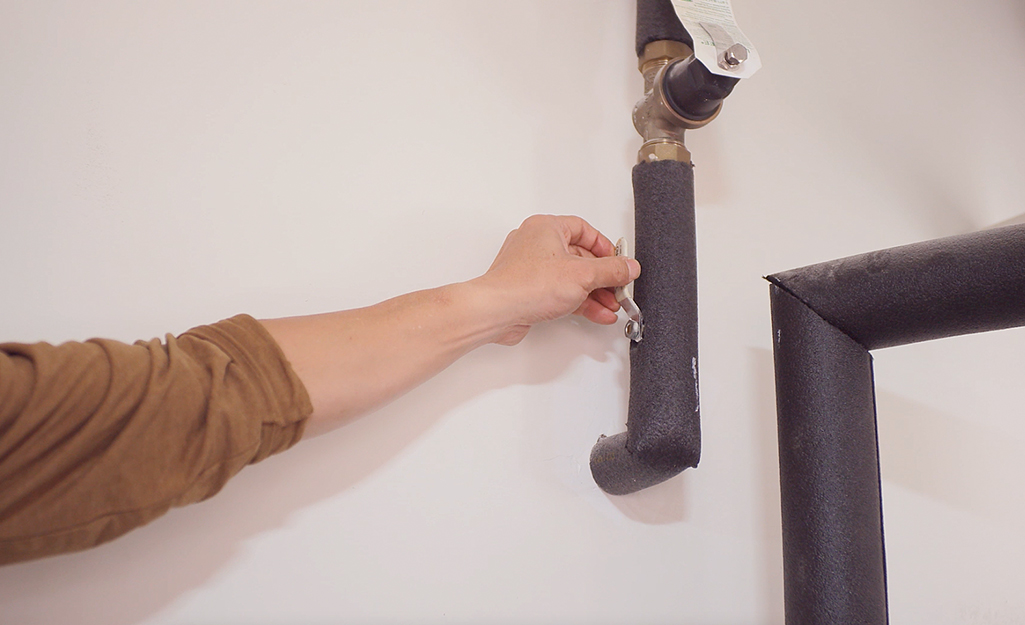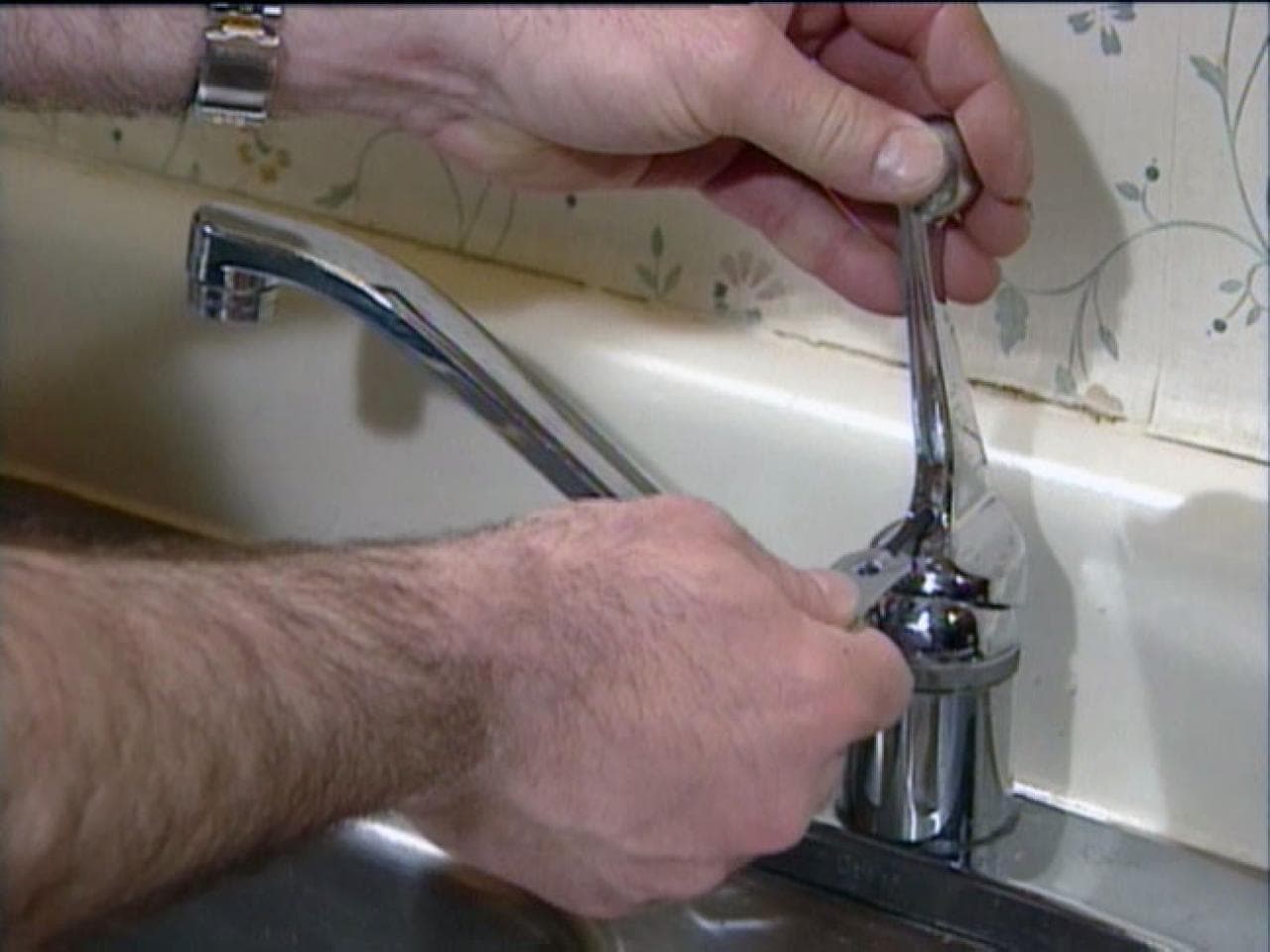We've found this article pertaining to Why Are My Faucets Dripping (And Can I Fix It Myself)? listed below on the net and thought it made perfect sense to quickly share it with you over here.

Trickling taps could look like a minor trouble, yet their influence surpasses just the inconvenience of the audio. From wasting water to incurring unnecessary monetary prices and wellness risks, disregarding a leaking tap can cause numerous effects. In this write-up, we'll look into why it's crucial to address this common household issue promptly and effectively.
Wastage of Water
Environmental Influence
Trickling taps contribute considerably to water wastefulness. According to the Epa (EPA), a solitary faucet dripping at one drip per secondly can lose more than 3,000 gallons of water per year. This not just stress water resources yet likewise affects ecological communities and wild animals depending on them.
Financial Expenses
Increased Water Costs
Beyond the ecological impact, trickling faucets can blow up water bills considerably. The built up wastefulness in time converts into higher utility expenditures, which could have been prevented with prompt repair work.
Possible Residential Or Commercial Property Damages
Moreover, prolonged leaking can bring about harm to fixtures and surface areas surrounding the faucet. Water build-up can trigger discoloration, deterioration, and also architectural concerns if left unattended, causing extra repair prices.
Health and wellness Issues
Mold And Mildew and Mildew Growth
The continuous presence of dampness from a leaking faucet produces an optimal setting for mold and mold growth. These fungis not just compromise interior air quality however additionally position wellness threats, especially for people with respiratory conditions or allergies.
Waterborne Conditions
Stagnant water in dripping taps can end up being a breeding ground for microorganisms and other virus, enhancing the risk of waterborne illness. Contaminants such as Legionella germs thrive in stationary water, possibly causing serious illnesses when ingested or breathed in.
DIY vs. Expert Fixing
Advantages and disadvantages of Do It Yourself Repair Work
While some might try to fix a leaking tap themselves, do it yourself repairs come with their very own collection of challenges. Without appropriate understanding and devices, do it yourself efforts can aggravate the issue or lead to incomplete repair work, extending the issue.
Benefits of Employing an Expert Plumber
Working with a specialist plumber makes certain that the underlying source of the leaking faucet is dealt with efficiently. Plumbings possess the knowledge and equipment to detect and fix faucet issues successfully, conserving time and lessening the danger of further damages.
Step-by-Step Guide to Dealing With a Dripping Tap
Tools Called for
Before trying to repair a leaking tap, collect the needed devices, consisting of an adjustable wrench, screwdrivers, substitute components (such as washers or cartridges), and plumber's tape.
Typical Faucet Issues and Their Solutions
Determine the sort of faucet and the details issue triggering the drip. Usual issues include damaged washers, corroded shutoff seats, or faulty O-rings. Refer to supplier instructions or on the internet tutorials for detailed advice on repair work.
Preventive Measures
Routine Upkeep Tips
To stop leaking taps, execute regular upkeep such as cleansing aerators, inspecting for leaks, and replacing worn-out parts promptly. Additionally, consider installing water-saving devices or updating to a lot more effective fixtures.
Significance of Prompt Repair Works
Dealing with dripping taps as quickly as they're observed avoids further water wastefulness and prospective damage, inevitably conserving both water and cash over time.
Impact on Home Value
Understanding of Well-Maintained Home
Maintaining a property in good condition, consisting of addressing upkeep issues like leaking taps, enhances its viewed worth and worth among prospective customers or renters.
Impact on Resale Worth
Residences with properly maintained plumbing fixtures, including faucets, command greater resale worths in the real estate market. Dealing with leaking taps can add to a positive perception throughout building inspections and negotiations.
Environmental Responsibility
Private Contribution to Conservation
Taking responsibility for repairing dripping faucets aligns with broader efforts toward water conservation and ecological sustainability. Every person's activities collectively make a substantial effect on preserving priceless resources.
Lasting Living Practices
By focusing on prompt repair work and taking on water-saving habits, individuals contribute to lasting living techniques that profit both existing and future generations.
Verdict
Resolving a trickling tap exceeds mere convenience; it's an important step towards conserving water, lowering economic expenses, and safeguarding wellness and building. Whether with DIY fixings or expert assistance, acting to fix trickling faucets is a little yet impactful method to advertise accountable stewardship of sources and contribute to a much healthier, extra sustainable future.
How to Fix a Leaky Faucet: Step-by-Step Repair Guide
A leaky faucet may seem like a simple annoyance, but if it's not fixed promptly, that leak could cost hundreds to potentially thousands. From water damage to mold, mildew, and high water bills, even a tiny leak can be catastrophic if left unattended. Damage like this can even affect the overall value of your home, so it's important to take the right approach for leaky faucet repair. You may need the help of a plumber in some cases, but we've got a few tips you can try on how to fix a leaky faucet before calling the pros.
Four Faucet Types
When you're learning how to fix a leaky faucet, the first step is knowing what kind of faucet you're working with! There are four common types.
Cartridge Faucets
Cartridge faucets come in one- or two-handled varieties. In one-handled cartridge faucets, hot and cold water combines in a single cartridge. In the two-handled versions, hot and cold water are controlled separately and mixed in the faucet.
Ball Faucets
Ball faucets have a single lever you push up and down to adjust the pressure and rotate to change the temperature. A slotted metal ball controls the amount of water allowed into the spout.
Compression Washer Faucets
They're the oldest type of faucet, but they're still used in many homes — especially older ones. Compression faucets have two separate handles that, when turned, raise or lower the washer that seals a water valve. This valve stops water from flowing through the faucet when it is turned off.
Disc Faucets
Disc faucets rarely need to be repaired due to their maintenance-free design. The water flow is controlled by two discs — the upper one raises and lowers against a fixed lower disc, creating a watertight seal. If your disc faucet starts leaking, you may need to replace the seals or clean residue buildup from the inlets.
Fixing a Leaky Faucet
Step 1: Turn Off the Water
Whether you're learning how to fix a leaky bathtub faucet or how to fix a leaky kitchen faucet, always turn off the water supply to your working area when you're fixing a leak. The last thing you want is a flood added to your list of things to fix.
Look for the shutoff valves below your sink or around the tub and turn them clockwise to stop the water flow. If your faucet doesn't have shutoff valves, you may need to turn off the water for the whole house. Check to make sure it's off by turning the faucet on. If nothing comes out, you're ready to start the repair.
Step 2: Take Apart the Faucet
How you disassemble your faucet depends on the type of fixture you have. You can use a flathead screwdriver to remove the caps on top of the handle or handles for cartridge and compression faucets. Inside, you should see handle screws. Unscrew these with a screwdriver to remove the handle.
Disc- and ball-style faucets will typically have an inlet screw near the handle, and removing that will reveal the interior of the faucet.
Detach the Valve Stem
For cartridge- and compression-style faucets, you'll see the inner valve stem or cartridge once you remove the faucet handles. If you have a compression faucet, unscrew the brass valve stem. If you have a cartridge faucet, pull out the cartridge. If your cartridge has been in place for a while, it may require some tools or extra force to remove it due to mineral deposits.
Examine and Replace Parts
Once you've removed the parts, check them out to confirm what needs to be replaced. You may see corroded rubber washers, O-rings, stems, or cartridges. On a ball-style faucet, check the seats and springs for damage.
If you need to repair a leaky disc faucet, check the inlet and seals on the lower disc.
Once you determine what parts must be replaced, visit your local hardware store. Bring the damaged parts with you to ensure you can purchase the correct components to replace them.
Clean Valves and Faucet Cavity
If you've removed a stem or cartridge, you may notice mineral buildup in the faucet's threads. Use white vinegar to clean the valve seat by soaking it for a few minutes, then scrub it away with a soft toothbrush and rinse with warm water. You can also clean the interior of the faucet in the same way.
Reassemble the Faucet
Once your faucet is cleaned and the required parts have been replaced, it's time to reassemble it. Put the pieces back together and slowly turn the water supply back on. Doing this slowly is crucial because too much initial water pressure can damage the new hardware you've just installed.
https://homewarranty.firstam.com/blog/how-to-fix-leaky-faucet

I'm certainly very excited about How to Fix a Dripping or Leaky Faucet and I hope you appreciated the entire piece. For those who appreciated our page plz make sure you remember to share it. Thanks for taking the time to read it.